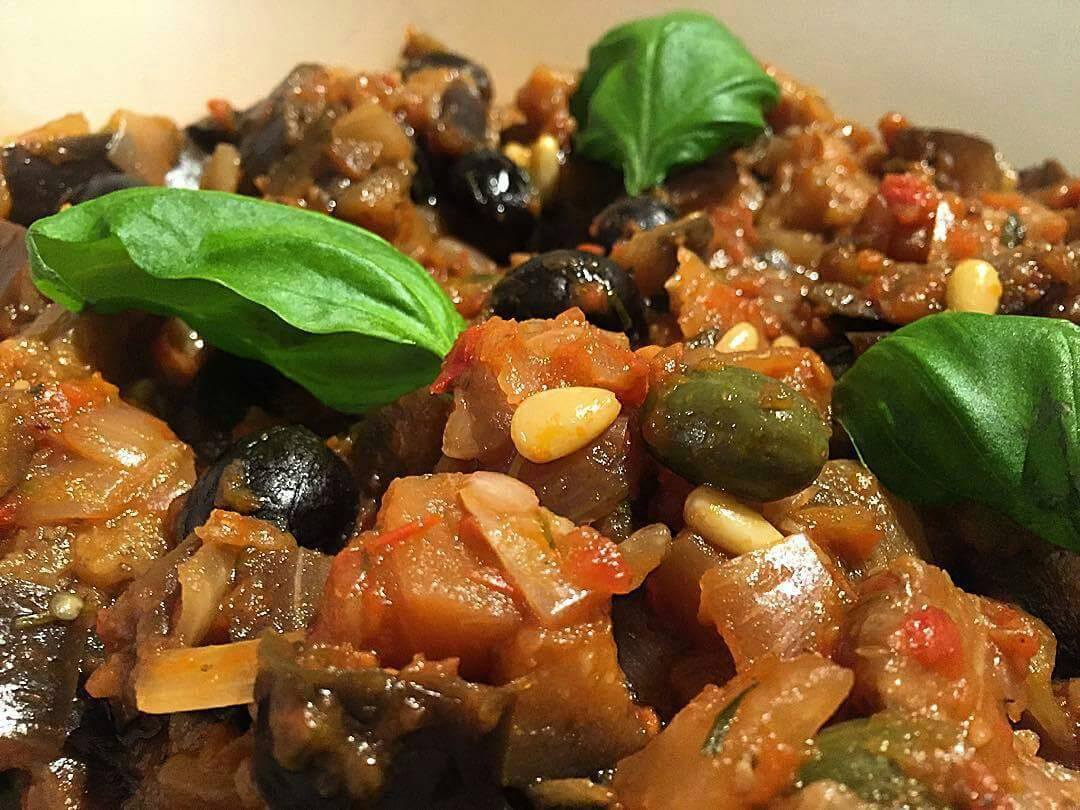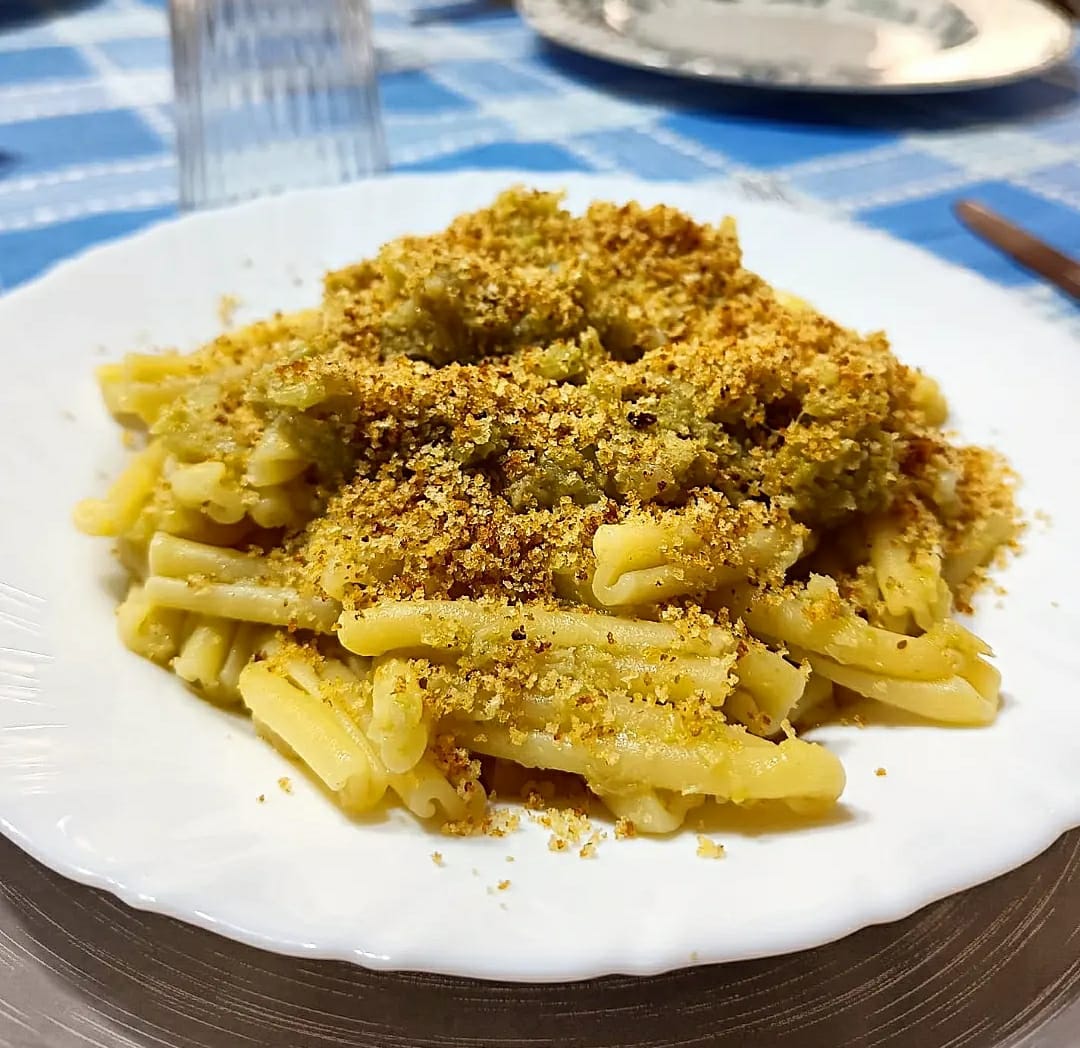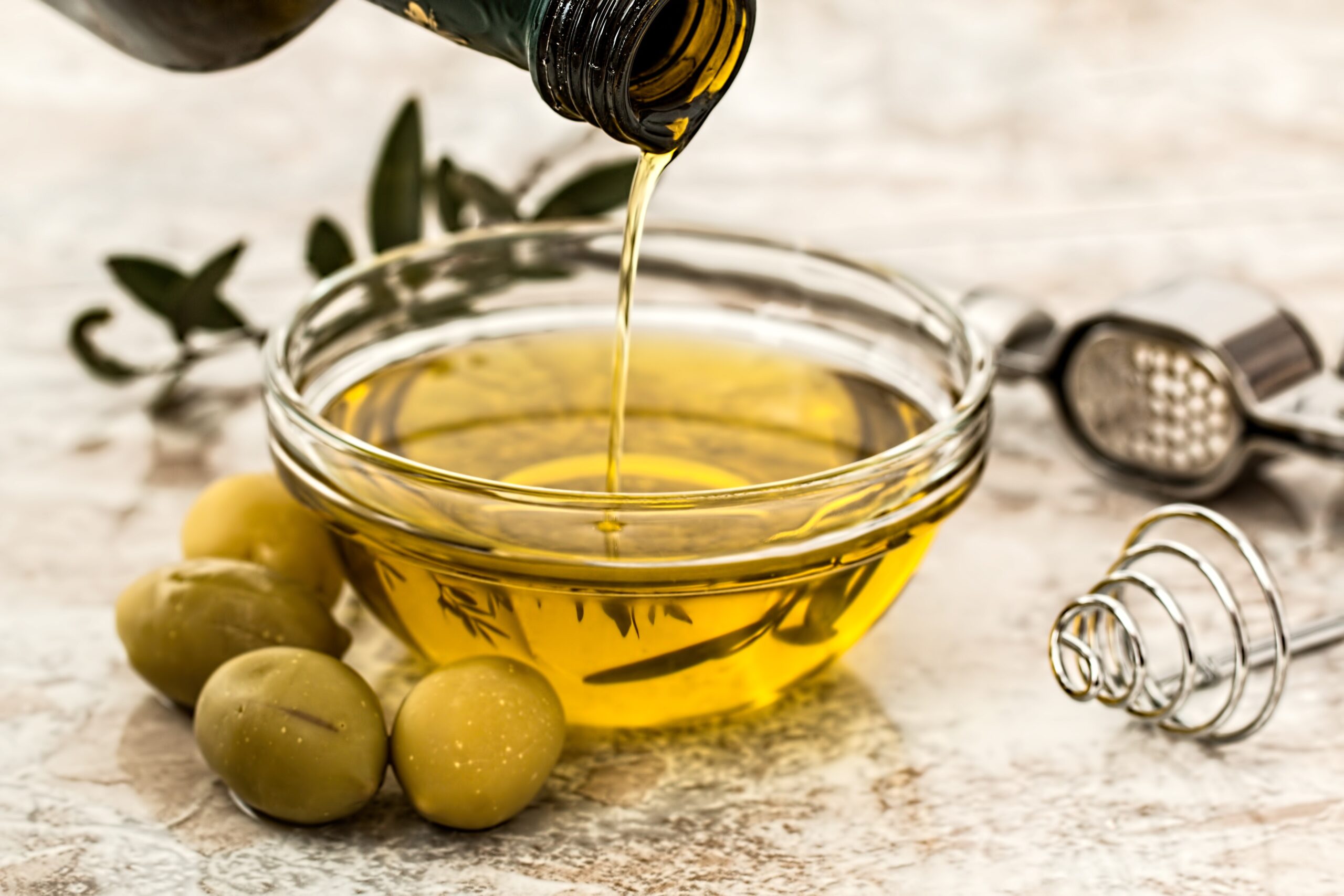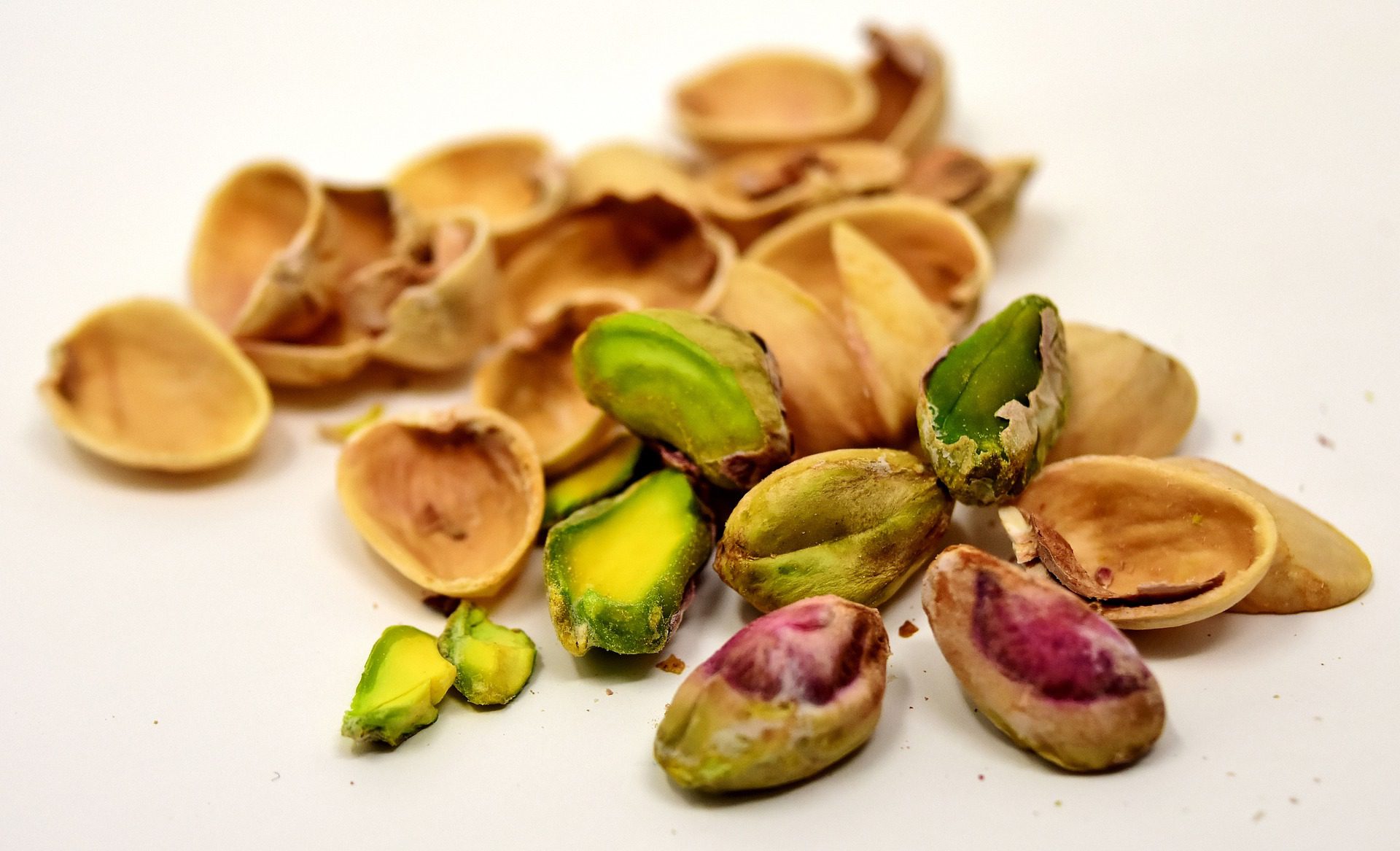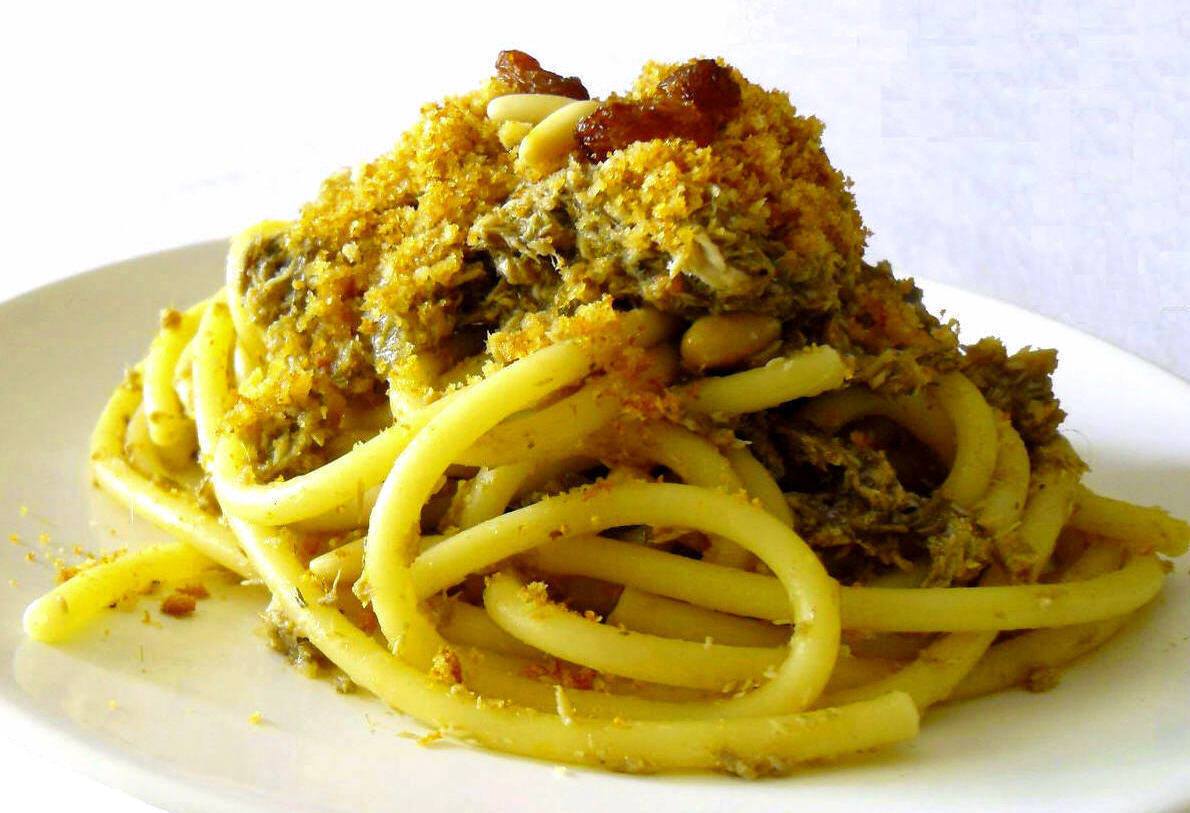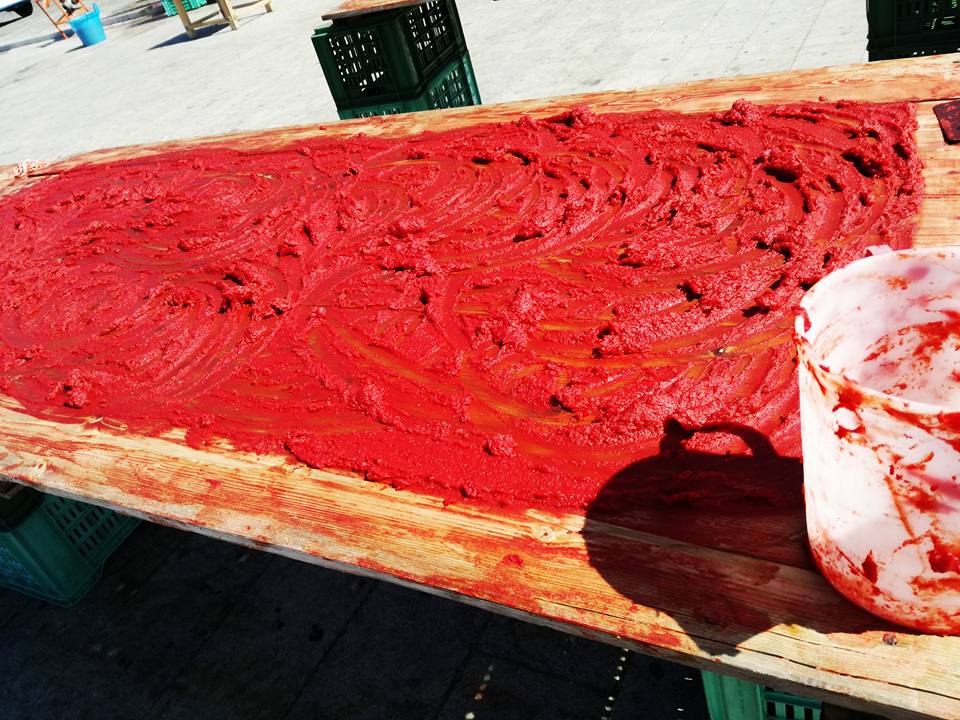Sicilian almonds production has ancient origins, we find evidence of it in some nineteenth-century writings of the botanist Giuseppe Bianca. However it is known that trade and export in the world date back to the last century. The almond tree is a tree with very ancient origins: originating in Central Asia, it spread to ancient Greece, then to the Roman Empire and later, with the Arab invasions over the entire Mediterranean basin.
Italy, particularly Sicily and Puglia, which until the middle of the last century were world leaders in almond production, remain particularly privileged territorial areas, due to climate, soil and environmental characteristics, for the cultivation and production of high-quality almonds.
Each region has its own typical variety or varieties, but all almonds grown in Italy are universally recognized as the best almonds in the world.
Sicilian Almond Varieties
There are many varieties of almonds that grow in Sicily. Tuono and Vinciatutti are among the most typical in the south-central area of the island; Pizzuta, Fascionello and Romana, grown in the Avola area, includes the provinces of Ragusa and Siracusa; and Romana, Pizzuta d’Avola and Fascionello grown in the municipalities of Noto, Avola, Rosolini and Canicattini Bagni in the province of Siracusa, may be accompanied by the recognition of Mandorla di Noto – Slow Food Presidium.
Among Sicilian almonds, the best known is undoubtedly the Avola almond. The Avola almond, in addition to the particular flavor, also enjoys different qualities given by the particular shape and the hard shell that covers it. Thanks to the cultivation techniques and its characteristics, the almond stands out for its nutritional properties. It is full of potassium, magnesium, vitamin E, calcium and phosphorus.
The almond also fights excess cholesterol and controls predisposition factors to heart disease. It is gluten-free and almond milk is an excellent alternative to classic milk as it contains digestible sugars.
The Avola almond has several varieties that distinguish it from the cheaper and less valuable Californian almond and make it unique in taste. As well as a certified IGP product, a brand that enhances it and protects the product from unfair competition and cases of counterfeiting. The varieties of the Avola almond are distinguished by their shape and the use made of them.
Gastronomic uses of Sicilian Almonds
In general, the gastronomic uses of the Avola almond are varied especially in Sicilian cuisine, there are in fact numerous recipes that provide for its use such as nougat, almond paste used for martorana, almond biscuits, granita and “confetti”. Curiosity: even the British Royals Harry and Meghan chose for their wedding Italian “confetti” produced with Avola almonds.
One of the easiest to prepare is almond pudding, called “Biancomangiare“.
The Pizzuta almond is used for the production of sugared almonds and for high quality confectionery. The Fascionello almond is used in the production of confectionery products and has a more delicate flavor. The Roman almond, for its organoleptic characteristics, even better lends itself to use in pastry making for doughs and processed food.
Rich in nutritional elements, sicilian almonds are an important source of health-giving nutrients in mediterranean diet.




